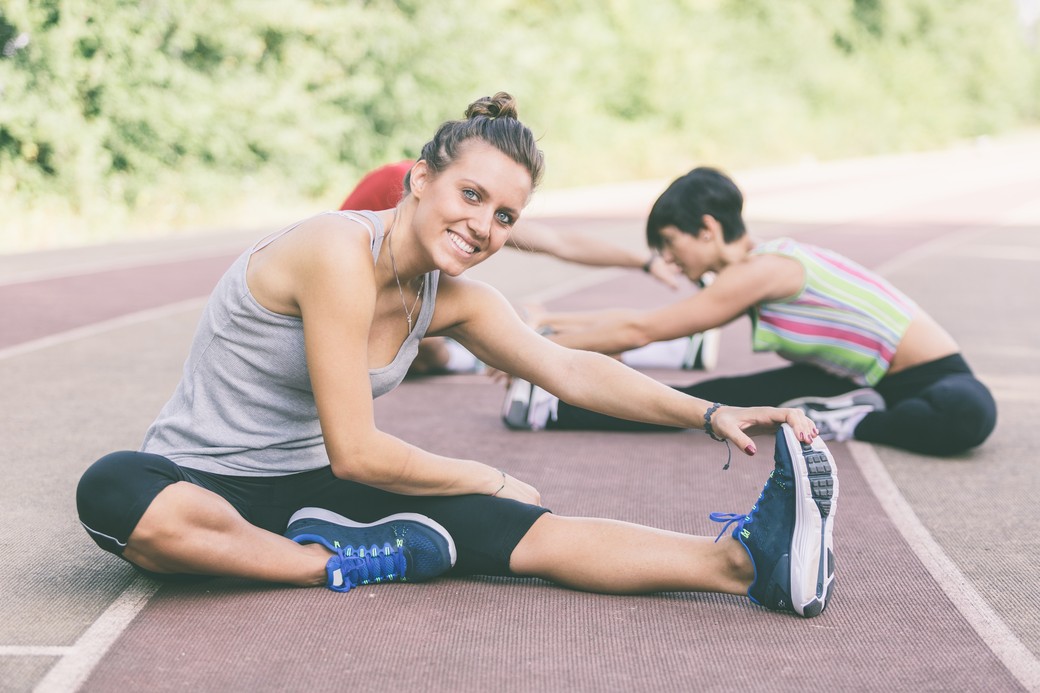
Do We Really Need to Stretch?
We are all guilty of skipping our stretches now and then. But how important are they anyway?
Stretching not only improves flexibility, it can be a tool to help keep your muscles healthy. When we stretch, we move our joints in full ranges of motion, which helps loosen up the muscle itself as well as other connective tissues.
 Stretching can increase blood flow to our muscles, which ultimately provides nutrients and aids in muscle repair. It keeps our tendons and ligaments lubricated so that you can do things more efficiently and expend less energy overall.
Stretching can increase blood flow to our muscles, which ultimately provides nutrients and aids in muscle repair. It keeps our tendons and ligaments lubricated so that you can do things more efficiently and expend less energy overall.
Muscles shorten over time, and if left unattended to, this can lead to dysfunction and pain. For example, if you wear high heels all the time, your calves could be in a constant state of contraction. This is what we call “tightness.” Another example of this is people who sit at a desk most of the day. These people can develop chronically tight hip flexors due to their hips being in a flexed position all day.
We need to be flexible in order to perform everyday, but there are other benefits of stretching.
Increased Circulation: stretching can give your muscles and joints fresh oxygenated blood (which has tissue healing properties and other nutrients our body needs). Increased circulation can help break up the “knots” we often refer to.
Balance: A flexible joint requires less energy to move (more energy efficient).
Reduce risk of injury: The risk of injury can be reduced through stretching by increasing blood flow to your joints and tissues. This will also help muscles recover after an intense workout.
Stress reduction: Stretching can increase mental calmness by stimulating your body’s relaxation response. It can activate the part of our nervous system responsible for tranquility. You can get great health benefits by holding a stretch coupled with deep breathing, this allows for full oxygen exchange. Remember not to hold your breath when doing a stretch.
Reduced risks of back and neck pain: Stretching keeps muscles attached to the back and neck in a relaxed state so they perform at their maximum capacity. Furthermore, if we can increase oxygenated blood to our neck by stretching, it may help reduce headaches.
Better Posture: Having loose muscles will help keep you upright and maintain the body’s natural curvature. Chronically tight muscles can lead to poor posture.
So, how long should you hold a stretch for? The optimal time to hold a stretch is 30 seconds (National Academy of Sports Medicine). Anything less than 20 seconds will not lengthen muscle fibers or increase blood flow to the surrounding tissues. Although 30 seconds is optimal, you should not hold a static stretch before a workout. When we hold a stretch, our brain gives our muscles a signal to relax making them less able to spring into a workout. Holding stretches post-workout is the best idea for optimal muscle health.













